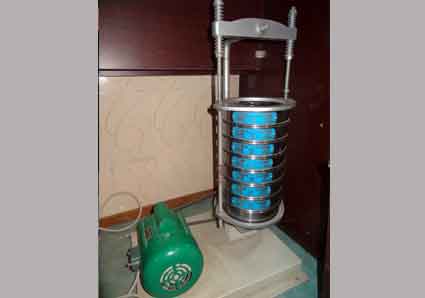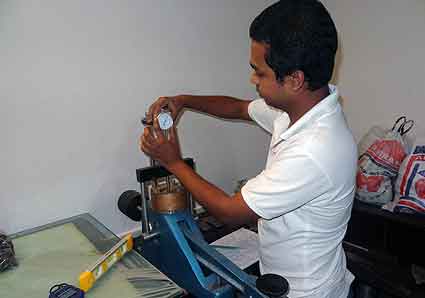GEOTECHNICAL ENGINEERING
In Bangladesh's infrastructure development industry sub-soil investigation is often disregarded process despite having the paramount importance from geotechnical design to selecting structural system for seismic analysis. Results from geotechnical investigation defines the sustainability of the structure and viability of the project.
In Bangladesh it has become a practice to use low-cost geotechnical equipment and laboratory facilities that are far below national and international standards leads to costly foundation, earth retaining structures and other structures due to unreliable test results.
EIMS has started its journey in 2015 with a commitment to contributing towards reliable and sustainable development through a multidisciplinary approach. EIMS worked to produce the most accurate geotechnical information with its standardized geotechnical laboratory, state-of-the-art field test equipment, and well-trained and experienced professionals. Along with regular soil properties, EIMS can produce dynamic properties of Soil, which is imperative for designing foundation resilient to an earthquake.
EIMS has the experience of national priority projects for developing microzonation city maps, analyzing liquefaction, amplification, and designing the foundation for tall structures.
Soil Test
In Bangladesh's infrastructure development industry sub-soil investigation is often disregarded process despite having the paramount importance from geotechnical design to selecting structural system for seismic analysis. Results from geotechnical investigation defines the sustainability of the structure and viability of the project.
In Bangladesh it has become a practice to use low-cost geotechnical equipment and laboratory facilities that are far below national and international standards leads to costly foundation, earth retaining structures and other structures due to unreliable test results.
1. Field Tests
For any type of heavy construction work and other purposes, the geotechnical investigation is a prerequisite. EIMS provides various geotechnical facilities as follows:
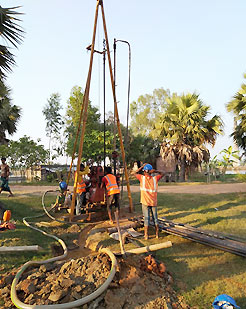
Moisture content
(ASTM D 2216)

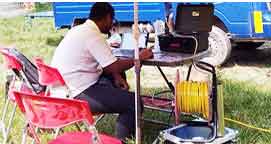
Grain size analysis
(ASTM D 1140)
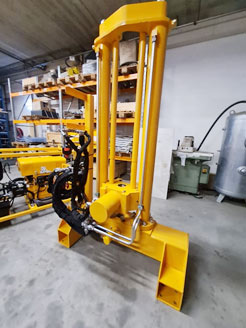
Liquid limit and Plastic limit (ASTM D 4318)
2. Geotechnical Laboratory Tests
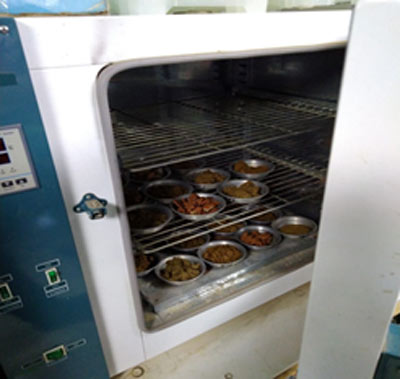
Moisture content
(ASTM D 2216)
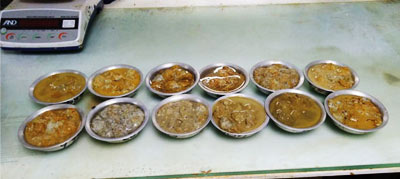
Grain size analysis
(ASTM D 1140)
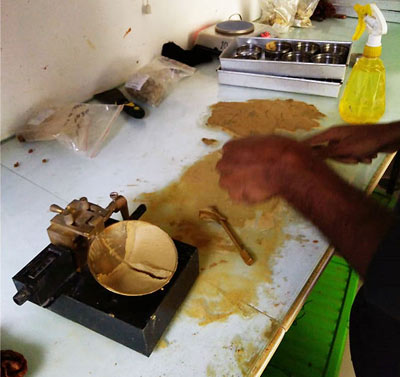
Liquid limit and Plastic limit (ASTM D 4318)
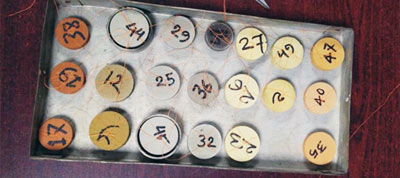
Shrinkage limit (ASTM D4943
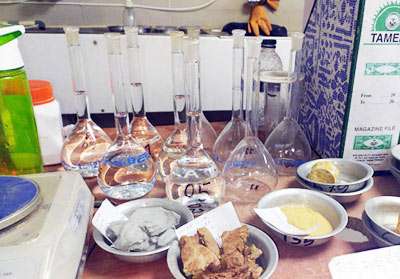
Specific gravity (ASTM D 854)
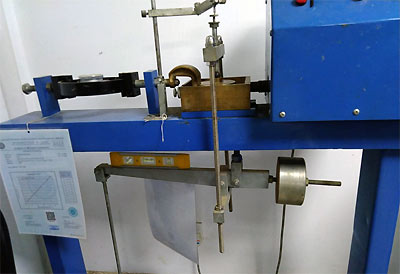
Consolidated drained direct shear test (ASTM D3080/D3080M)
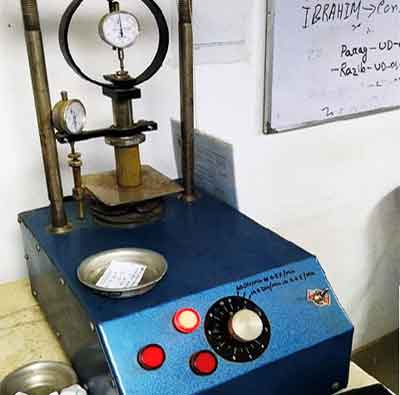
Unconfined compression test (ASTM D2166/D2166M)
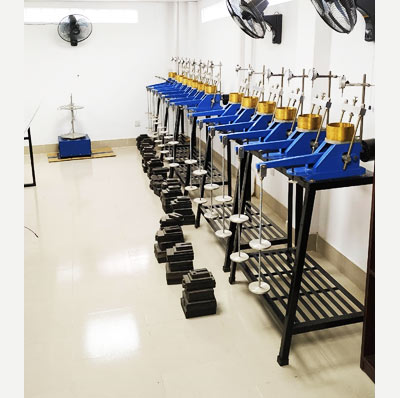
One dimensional consolidation test (ASTM D2435/D2435M)
3. Geotechnical Seismic Risk Analysis
Liquefaction & Amplification Analysis
Liquefaction is a phenomenon in which a saturated or partially saturated soil substantially loses strength and stiffness in response to an applied stress such as shaking during an earthquake or other sudden change in stress condition. When liquefaction occurs, the soil or material that is ordinarily a solid behaves like a liquid. Liquefaction has been responsible for tremendous amounts of damage in historical earthquakes around the world. So it is very essential to assess the liquefaction potential prior construction of any high rise structures with weak soil profile.
Moreover, to understand the soil structure interaction, site specific amplification becomes a very important information during design of a heavy structure for many sites. EIMS offers a sophisticated analysis for liquefaction and amplification.
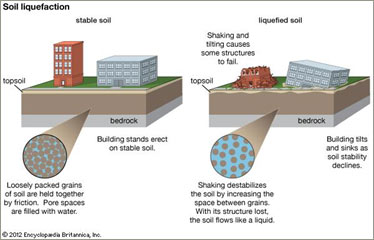
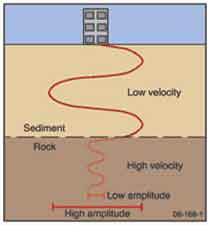
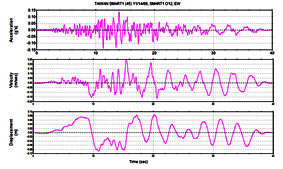
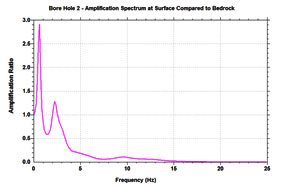
4. Soil improvement
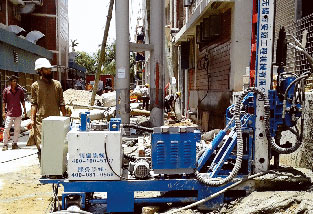
Jet Grout
Jet Grouting is a technique characterized using the pressurized fluid jet to hydraulically either before or concurrent with the addition of the grout material to form a solidified in situ element known as Soilcrete (specialized cementitious slurry mixture designed specifically for soil stabilization/ modification). Jet grouting as a soil improvement technique is currently utilized throughout the world.
It is one of the effective solutions against liquefaction which occurs due to an earthquake in liquefiable sandy soil. So, it is a great technology for building a safe structure in earthquake prone country like Bangladesh.
Parallel Seismic Instrument (PSI)
It occasionally happens that doubts about the integrity and length of concrete and sheet piling arise only after the structure is complete. The pile heads are no longer accessible and other non-destructive test methods are of little use. The Parallel Seismic test has been developed as a test that can be used when the pile is still connected to the superstructure. Applications include:
- Determining the embedded depth of sheet piling
- Confirming the depth of piles underneath caps and structures
- Checking the depth of masonry and footings.
This Instrument can be used to assess the continuity of foundations below buildings and pile caps.
- Testing can be carried out through a pile cap.
- Equipment is light, portable, and suitable for remote locations.
- Software is user friendly and windows based.
- Testing requires a tube to be installed and grouted in place alongside the pile.
This Parallel Seismic instrument checks the integrity of structures below ground and under buildings:
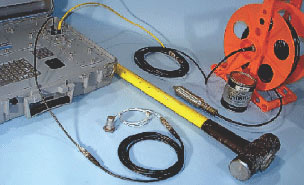
- Measurement of foundation depth
- Can be used on pre-cast concrete, cast in place concrete, and timber piles
- Depth of sheet steel piling
- Assessment of masonry foundations
- Locating breaks and discontinuities in foundations.
Structure scanning is very important test. It is a non destructive test and also used for checking the concrete clear cover. The mechanism of ferro scanning is almost like X-ray of human body.
Ferro Scanner
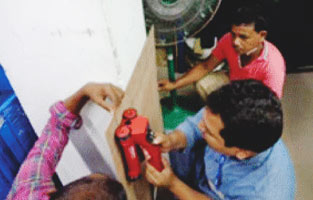
Reinforcement of concrete is an important part for RCC buildings. To evaluate the existing embedded reinforcement for assessing any RCC
- Scans large areas of concrete quickly and easily
- Provides accurate depth of cover measurements for reinforcement at depths of up to 100 mm
- Displays a clear 2D image of the reinforcement on the monitor for on-the-spot structural analysis and depth of cover assessment
- Records scan data automatically over lengths of up to 30 meters and up to 9 Image scans
It's also used for Rebar verification and analysis and checking concrete cover over large areas for structural repair work. It is also used for Building acceptance inspections and quality control and helps avoid costly rebar hits and damage caused by cutting through structurally significant reinforcement when coring and hammer drilling.
Schmidt Test Hammer
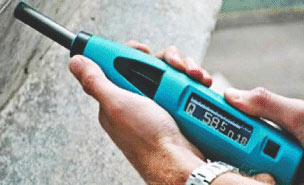
The Schmidt test hammer has been redesigned to provide unmatched accuracy, repeatability and easy, intuitive operation. The Silver Schmidt
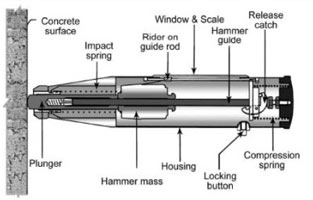
- Digital scope, 2 MHz sampling rate, 12 bit resolution
- Advanced picking algorithm providing the real arriving time of the pulse
- Signal processing by FFT method (Fast Fourier Transform)
- Assessment of concrete strength with combined method Ultrsonic velocity/Rebound index (SonReb)
- 7 selectable pre-amplifier gains (impulse amplitude)
- Transmitter pulse 2500 V
- Transit time up to 16 ms with 0.1 µs reolution
- Slot for memory card to save data (2 GB=30000 tests)
- 6” Multifunctional touch screen display.
Ultrasonic Pulse Analyzer
Concrete Testing Equipment, Controls
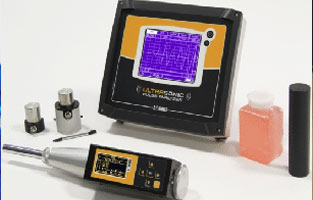
Levelling Instruments
An Auto Level is a Professional Leveling Tool used by Contractors, Builders, Land Surveying Professionals, or the Engineer who demands accurate leveling every time. Auto Levels set up fast, are easy to use, and save time and money on every job.
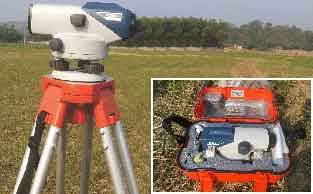
MORE TESTS WE OFFER
Weight Machine
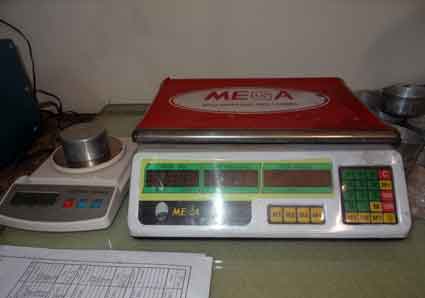
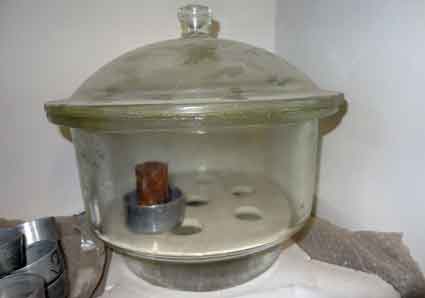
Desiccator Preserves Moisture Sensitive Items
Unconfined Compression Test Device
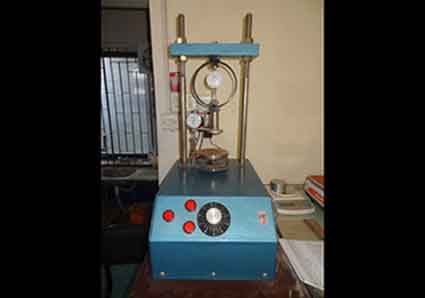
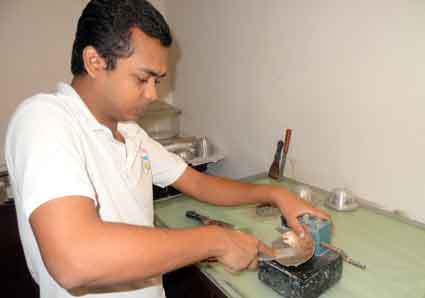
Testing by - Liquid Limit Test Device
Undisturbed Sample Extruder - extracts undisturbed soil sample
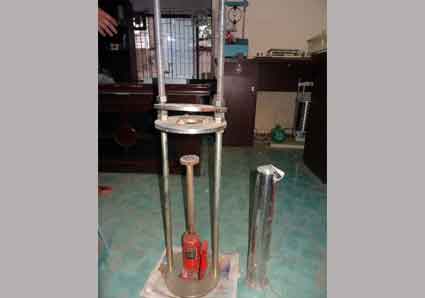

Consolidation Test Machine
Sieve Set with Shaker
